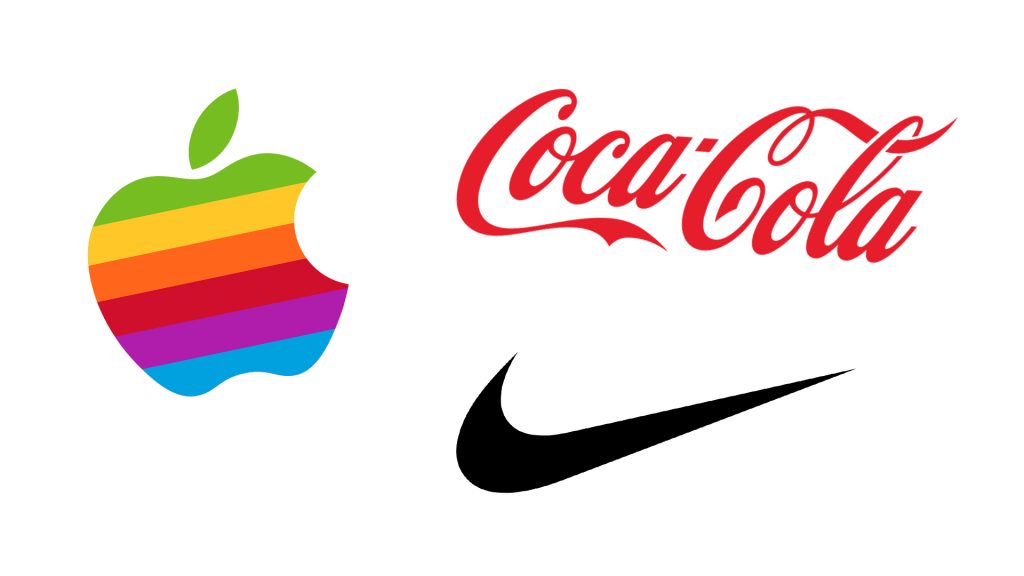Do you always buy a certain product because you know it is good, or does a familiar name on the label motivate your purchases? Millions of shoppers worldwide are drawn to certain products because they recognize the popular brands behind them. People usually do not understand the difference between a product and a brand. This concept is called brand loyalty. It is very significant for advertising strategies. But is it always in the consumer’s best interest?
In the modern world, brand recognition commonly outweighs actual performance. Marketing teams devote many resources to reshaping people’s perceptions of their products. The more popular the brand, the more convincing the advertising. This is how marketing tactics can make people believe that lesser-known names are less worthy of their attention. However, this is not necessarily true.
In this article, we explore how advertising strategies with emotional triggers and psychological tricks define product perception. Our recommendations will help buyers, marketers, business owners, and creators shift the focus where it should belong — on real value.
How Popular Brands Shape Our Perception: Product vs. Brand

Famous trademarks like Nike, Coca-Cola, or Apple sell more than items; they sell reputation. The well-known visual identity (color schemes, fonts, logos, etc.) usually seems safer and more reliable than something unfamiliar. Visual marketing lets their goods remain in our heads and shopping carts for years. The sleek glow of an iPhone ad or the high-contrast energy of a Nike campaign make these trademarks stand out among competitors, creating the illusion of superiority.
A less famous product that actually performs very well may be brushed off simply due to a lesser visual polish. That is why small businesses also need to invest in visual marketing. You do not need a million-dollar budget and a team of professional designers to achieve polished and cohesive imagery. Newbies will love tools like an automatic image sharpener. They can help your product shots, banners, and other ads look catchy and professional, regardless of what you sell. Good images can engage your audience and increase sales even if your brand name is unknown.
Why Premium Pricing Does Not Always Mean Higher Value
The high price immediately sends the signal that this merchandise is more suitable than its cheaper rivals. Famous trademarks imply exclusivity and craftsmanship by charging more. Customers believe they are paying for a superior material, a more durable design, or an exclusive feature. However, the connection between price and quality is not always direct. Consumers are ready to pay extra for the illusion of status, and it is a very common product and brand strategy trick.
Luxury fashion is a prime example. Two nearly identical cotton T-shirts can differ in price by hundreds. The designer label on one of the T-shirts somehow ensures potential buyers that it is better than its cheaper competitor. A higher price instills this belief more deeply in people’s minds. They are more likely to buy branded clothes without questioning their quality. Similarly, in the electronics market, lesser-known devices often match or even outperform flagship products in speed, battery life, or durability, but they remain overlooked due to branding.
Marketers and business owners who are going to earn a recognizable name should start with a clearly defined core idea and story behind their brand. High quality and transparency are pivotal for a product and brand relationship. Position your enterprise as relevant, authentic, and trustworthy. Spend some time and effort on establishing a sustainable reputation. It will become a driving force for your success over time. Customers will be ready to pay more once they understand what they pay for. Your brand’s idea should resonate with your target audience. Create consistent visuals using the best Photoshop alternatives. Everything from website banners to packaging choices should contribute to a story you want to tell.
What Real Quality Looks Like

When most people think of quality, their primary association is polish. Although good looks and good performance correlate, they do not equal one another. A beautifully packed item can break after a week with zero value.
A budget-friendly smartwatch that tracks health accurately and lasts longer than a premium model is a greater quality example than its sleek and trendy-looking competitor, which lags and has limited battery capacity. A service that delivers on time with personal attention is considered high-quality service even if its provider is not widely known. True quality is about reliability, usability, and how well something serves its purpose over time.
Conclusion
There is a common misconception that the most popular brands deliver the best quality. In this article, we proved that a well-known name is not always the case. Catchy visuals and impressive price tags can help a particular item gain recognition, but they tell nothing about how well it performs. Question your assumptions. Look beyond the surface. Prioritize function over familiarity. Rely on how well something works for you, regardless of the image.





















